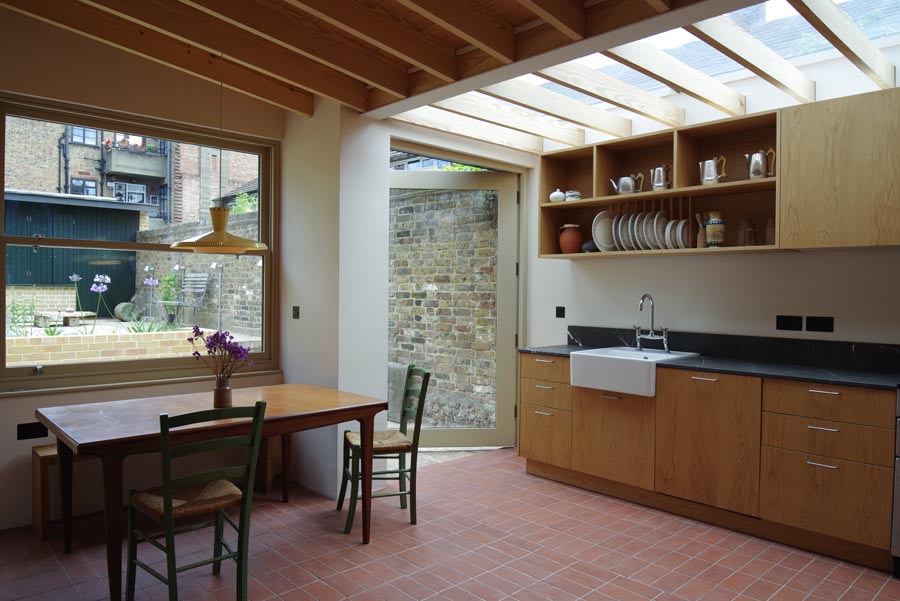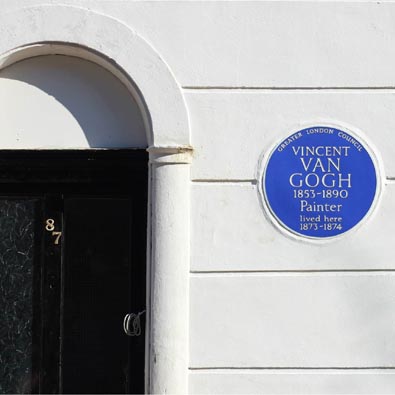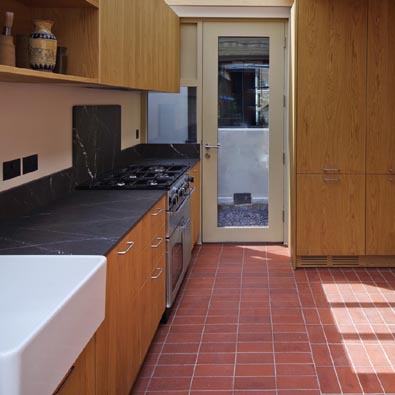Van Gogh House
Ketley Staffordshire red quarry tiles
Andrew Shepherd Architects
Triskele Conservation

In August 1873, a twenty-year old Vincent van Gogh took lodgings at 87 Hackford Road, London. Although he was only a tenant here for one year, his time at Hackford Road left a lasting legacy that the house’s current owners seek to celebrate today. Following a meticulous conservation project that was completed this spring, the Van Gogh House has been brought back to life and curates a dynamic programme of events anchored in the artist’s practice and local heritage. In addition to exhibitions, performances and guided tours, the Van Gogh House hosts an artist residency programme in tandem with its nearby sister institution the San Mei Gallery. More than a time capsule of Van Gogh’s year in Brixton, the house is a living restoration that remains dedicated to preserving Van Gogh’s London story while supporting the next generation of artists.
The Grade II listed Georgian terrace was carefully conserved over the past six years with great sensitivity under the watchful eye of Cambridge University and Royal College of Art graduate Livia Wang who worked with Andrew Shepherd Architects and Triskele Conservation, an artisan building contractor specialising in heritage conservation, construction and repair. Together, the team have given new life to the house that had narrowly avoided bombing during the Blitz and had subsequently fallen into disrepair.


Original materials, traditional techniques and the finest craftsmanship have been employed throughout, from using lime and horse hair plaster to repairing the original windows and woodwork. Intervening only where necessary, the team have sought to retain the stories hidden within the walls of the house whilst ensuring it is fit to survive another 200 years. The interiors of the house have been finished to a high level using sensitive colours and bespoke furniture to create a contemporary house that still references the past. An extension has been added at the rear to create a new kitchen, while a new artist’s studio has been built at the back of the newly landscaped garden. It was important that these new additions complemented the house’s Victorian history and the original palette of clay, lime plaster, and timber, and using Staffordshire clay quarry tiles sourced from Ketley Brick was key to the design of the modern extensions.









